Clear the Air: A Guide to Indoor Air Purifiers
http://decor-ideas.org 09/02/2013 05:40 Decor Ideas
If you have allergies or asthma, or are sensitive to pollution, you may have considered purchasing an air purifier to clean the air inside your home — but with so many types of filtration systems on the market, and prices ranging from $100 to nearly $1,000, it can be hard to know where to begin. Check out this quick guide to home air purifiers to figure out which are worth spending your hard-earned bucks on.
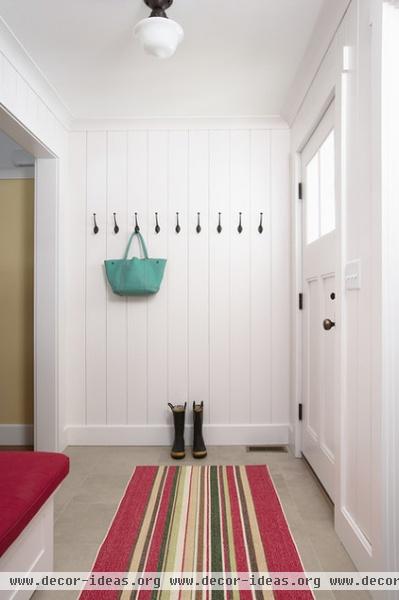
Why use an air purifier? Indoor air pollution comes from a combination of particulate matter (dust, mold and pet dander) and gaseous pollutants (exhaust, smoke and chemical fumes), and can be far worse than the pollution outside, simply because it has no way to dissipate.
Those who suffer from asthma or allergies can be especially sensitive to air quality, and using an air purifier could be helpful, together with other methods of keeping pollution and allergens out.
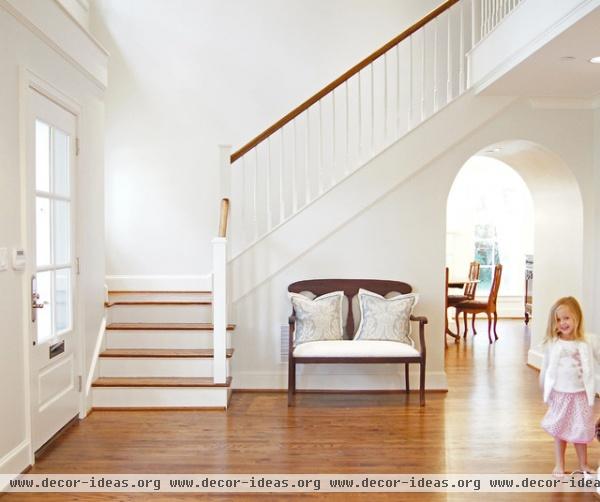
Purify your home, not just the air. Air purifiers can do wonders for removing particulate matter from the air; the problem is that dust, pet dander and the like don't stay in the air for long. Allergens drift to the ground and become embedded in rugs and soft furnishings — places an air purifier cannot reach. A combination approach will reduce indoor air pollution and allergens more than any one method alone. Here are a few strategies to try:
Remove wall-to-wall carpeting; go for easy-to-clean hard flooring and washable area rugs.Vacuum and dust with a microfiber cloth regularly.Ban smoking in and around the house.Do not use a fireplace.Do use the exhaust fans over the stove and in the bathroom.Make a no-shoes policy.
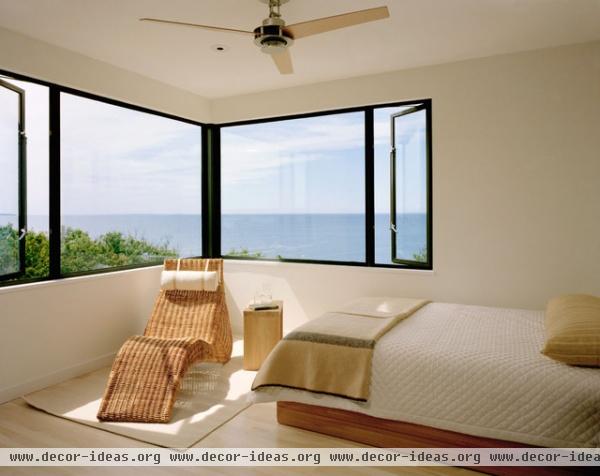
How air purifiers work. There are a few different types of air purifiers on the market, and not all of them are especially effective or safe. It is important to know what you are buying, so read the fine print on your air purifier before purchasing. The main thing to check is how the purifier cleans the air. It will likely use one or more of these methods:
High-efficiency particulate air (HEPA) filter: This is the most common and one of the most effective methods available.Activated carbon: Usually used with a HEPA filter or another filter, activated carbon can help reduce pollution by attracting some chemicals, which bond to the surface of the carbon.
Ultraviolet germicidal irradiation (UVGI) cleaners: These use a UV light to kill viruses, bacteria, allergens and some molds.
Electrostatic precipitators: Particles entering the purifier are given a charge, then trapped on oppositely charged plates. These machines create a small amount of ozone, which is a lung irritant and pollutant itself, so this type of purifier is probably best avoided.Not effective as an air purifier at all, ozone generators are being marketed as air cleaners, but they actually add lung-irritating ozone to your home, which can be hazardous. The EPA does not recommend buying ozone generators.
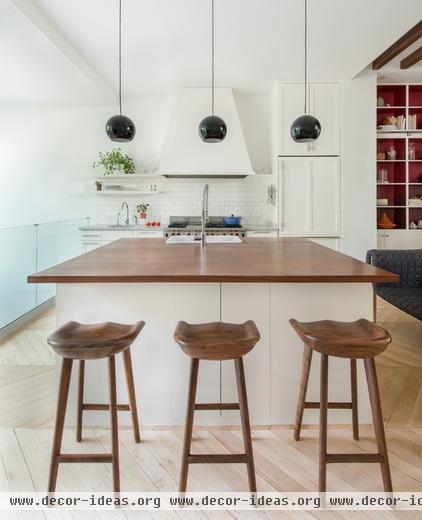
Whole-house air cleaner or room purifier? If you have a heating and cooling system (HVAC) in your home, you have the option of having a whole-house air cleaner installed right in the ductwork. The benefit of a whole-house system is that all of the air is cleaned, and there are no bulky appliances to deal with. In-duct systems are expensive, and they must be professionally installed and maintained.
Room purifiers are a good choice for smaller spaces, and multiple units can be used to clean the air even in a larger home. They are portable, so they are a good solution for renters, and cost anywhere from $100 to $1,000 dollars per unit.
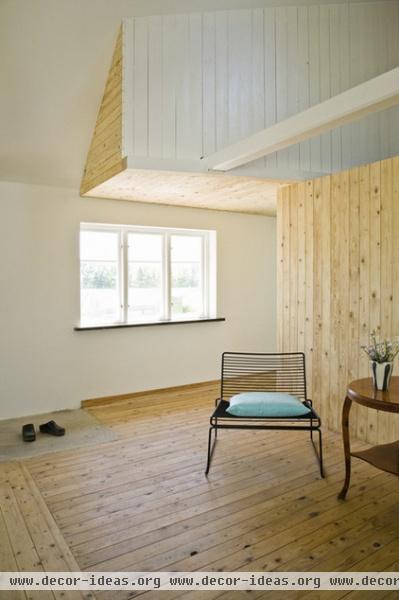
Get to know the rating systems. For in-duct air filters, look for the minimum efficiency reporting value (MERV) to tell how efficiently they pull particles from the air. MERV ratings range from 1 to 20; a system rated 7 or higher is about as effective as a HEPA filter.
When shopping for a room air purifier, look for a clean air delivery rate (CADR) of at least 250, but the higher, the better. This is a voluntary system, so not all appliances have a CADR.
An Energy Star label on any air purifier indicates better energy efficiency but does not necessarily mean it is more effective — so be sure to also check the MERV or CADR rating.
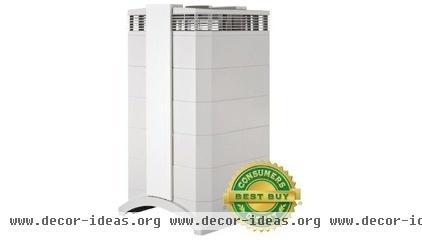
IQAir HealthPro Plus Air Purifier » Product pick: The HealthPro Plus from IQAir, a favorite in hospitals, has what the company calls a HyperHEPA filter as well as activated carbon to clean the air. It does not produce ozone, and no CADR rate is listed. The price is high, but if you are looking for a really heavy-duty air purifier, this is the one.
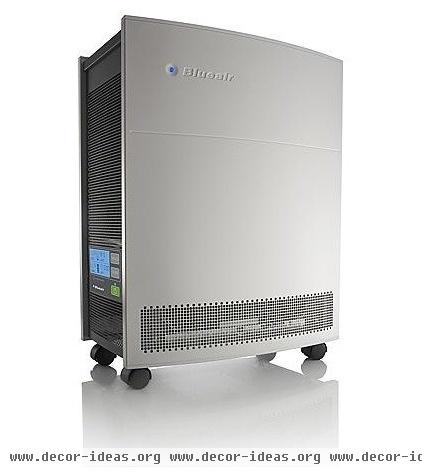
Blueair Hepasilent Air Purifier 650E - Frontgate - $849 » Product pick: Another heavy-duty model, but much sleeker looking, this HEPA air purifier from Blueair has a high CADR of 400 for dust and 450 for pollen and smoke. It is Energy Star rated and produces no ozone.
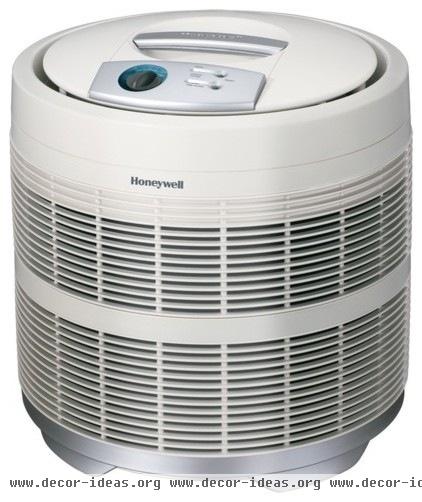
Lifetime HEPA Permanent Filter Air Purifier - $169.99 » Product pick: While not quite as sleek or powerful as some of the top-of-the-line models, this HEPA air purifier from Honeywell has a budget-friendly price tag and churns out a respectable 250 CADR rating for dust, smoke and pollen.
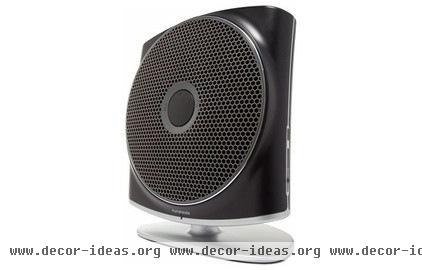
Humanscale Zon Air Purifier - $299 » Product pick: Although the Zon air purifier from Humanscale has a CADR of only 115, I am including it because it is meant to be kept right beside you — not to clean the air in an entire room — and for that job, a lower CADR should still do the trick. Those suffering from allergies or asthma can place it on the nightstand while in bed, or on the desk at work to create a "bubble" of clean air. It is small, exceeds Energy Star requirements, creates no ozone and has recyclable filters.
Tell us: Do you use an air purifier at home? If so, have you noticed a difference?
Related Articles Recommended












